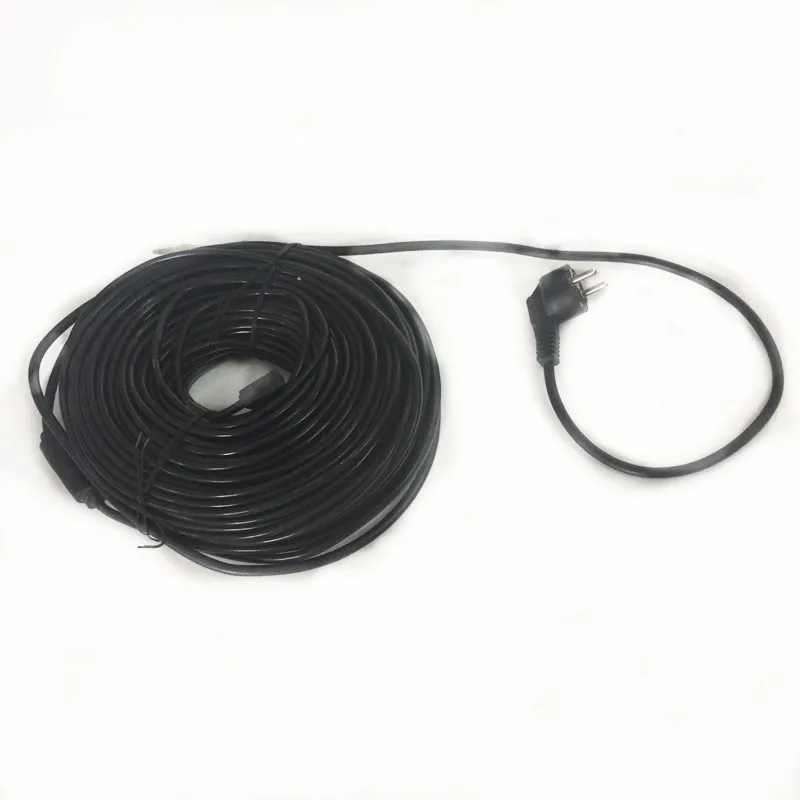

Seller’s obligation hereunder shall be limited to such repair and replacement, F.O.B. If, within such period, any such equipment or parts shall be proved to Seller’s satisfaction to be defective, such equipment or parts shall, at Seller’s option, be repaired or replaced by Seller, for installation at Buyer’s expense.
#HEATING CABLE FOR ROOFS FREE#
Its facts and opinions are those of warrants equipment and parts manufactured by it and supplied thereunder to be free from defects in materials and workmanship for a period of one year after shipment, self regulating heating cables are to be free from defects in materials and workmanship for a period of two years after shipment. In the end, though, which strategy you choose to employ is less important than acknowledging the risk and proactively pursuing a workable solution. But no measure addresses the issue quite as directly as installing a course of de-icing cables. If an ice dam forms despite your best efforts, ice-and-water barriers often prove to be a valuable safeguard, blocking the intrusion of water into the home and thereby mitigating the worst damage. For instance, attic insulation and ventilation can help to control the temperature of your attic, which in turn decelerates snowmelt. Of course, there are other steps you can take to protect your home. As O’Brian notes, “The basic stuff simply plugs in and turns on.” But if you’re concerned about energy savings, “opt for a system that self-regulates in keeping with the temperature outdoors.”Įxperts at are on hand to help you find a de-icing system that suits both your needs and your budget. Finally, bear in mind that features vary from one product to the next. Plus, there are environmental variables to consider, such as the solar orientation of your home and the prevailing wind direction.

You must account for the size and, more importantly, the shape of your roof. If you’ve got, say, metal roofing, special considerations come into play. “In theory, homeowners could take down the installation every spring, but you really don’t need to do that.” Secured with strong, durable clips, the cables stay in place for years and years and, O’Brian continues, “they’re virtually maintenance-free.”ĭe-icing cables are designed for use primarily with the most common roofing material-asphalt shingles. “Once it’s up there, consider the de-icing system up there for good,” O’Brian says. Fastened into position over the eaves (and often within the gutters as well), these cables output heat to prevent melted snow from refreezing before it has the chance to run off the roof, into the storm drainage system, and finally into the yard.Īccording to Daniel O’Brian, a technical specialist with, “De-icing cables are insulated electric heating wires specially designed for roof and gutter applications.” Made to resist exposure to sunlight, moisture, and impact, such products provide dependable, long-term ice dam prevention. How De-Icing Cables HelpĪffordable, easy-to-install de-icing cables offer perhaps the most direct and effective protection. But even if you’ve never had to deal with ice dams before, if you live in a region with extreme winter weather, it’s only prudent to minimize your vulnerability. Once bitten, twice shy: Indeed, the homeowners most likely to take measures against ice dams are those who ignored the risk in the past and wound up paying the price.


 0 kommentar(er)
0 kommentar(er)
